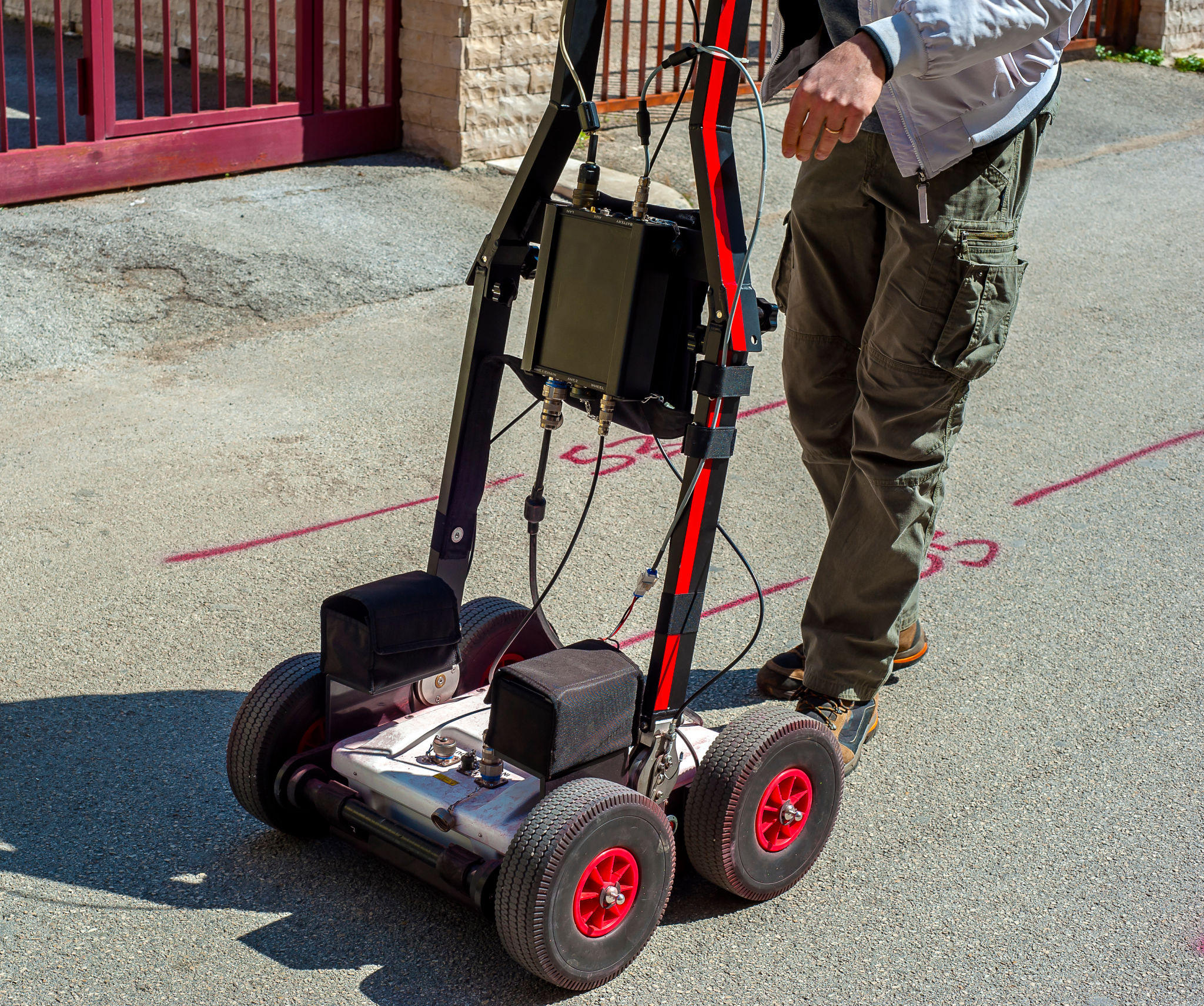How Advanced GPR Technology Is Revolutionizing Concrete Scanning in the UAE
Understanding GPR Technology
Ground Penetrating Radar (GPR) technology has significantly evolved over the past few years, offering unparalleled insights into subsurface structures. In the UAE, where construction is booming, the need for advanced concrete scanning solutions has never been more critical. GPR uses electromagnetic waves to detect objects, changes in material, and voids within concrete structures, providing a non-invasive method to analyze subsurface conditions.
The ability to quickly and accurately assess the condition of concrete without causing damage is essential in a region known for its ambitious infrastructure projects. With enhanced accuracy and depth penetration, modern GPR technology is proving to be a game-changer in the construction and engineering sectors.

Key Benefits of Advanced GPR Technology
Advanced GPR technology offers several benefits that make it an indispensable tool for professionals in the construction industry:
- Non-Destructive Testing: GPR allows for the examination of concrete without any physical damage, preserving the integrity of structures.
- High Precision: The advanced algorithms and improved data processing capabilities provide highly accurate readings, reducing the risk of errors.
- Time Efficiency: GPR scans are quick to perform, allowing for real-time decision-making on-site, which is crucial for fast-paced construction projects.
These benefits are particularly significant in the UAE, where skyscrapers and complex architectural designs demand precise and reliable subsurface analysis.

Applications in the UAE
The applications of GPR technology in the UAE go beyond just construction. It plays a vital role in various fields such as archaeology, utility mapping, and road maintenance. The versatility of GPR makes it an ideal choice for projects requiring detailed underground insights.
In urban areas, where utility lines are densely packed, GPR helps in mapping these utilities accurately without causing disruptions. This ability to map and avoid existing infrastructure is crucial for new developments and renovations in bustling cities like Dubai and Abu Dhabi.

Enhancing Safety Standards
Safety is a top priority in any construction project, and advanced GPR technology significantly enhances safety standards. By identifying potential hazards hidden within concrete structures, such as voids or weak spots, GPR helps prevent catastrophic failures.
The technology also aids in compliance with regulatory standards by providing detailed reports and visualizations that can be used for documentation and future reference. This ensures that projects meet all safety and quality requirements from the start.
The Future of Concrete Scanning
The ongoing advancements in GPR technology promise even greater capabilities in the future. As the technology becomes more sophisticated, we can expect improvements in data processing speed, depth penetration, and resolution. This will further solidify GPR's position as an indispensable tool in construction and engineering.
Moreover, with the integration of artificial intelligence and machine learning, GPR systems will become smarter and more intuitive, offering even greater precision and efficiency. This evolution will undoubtedly support the continued growth and development of infrastructure across the UAE.

Conclusion
In conclusion, advanced GPR technology is revolutionizing concrete scanning in the UAE by providing a non-invasive, accurate, and efficient method for subsurface analysis. Its applications are vast and varied, offering significant advantages in safety, precision, and time efficiency. As technology continues to advance, its role in supporting the dynamic growth of the UAE's infrastructure will only become more vital.
